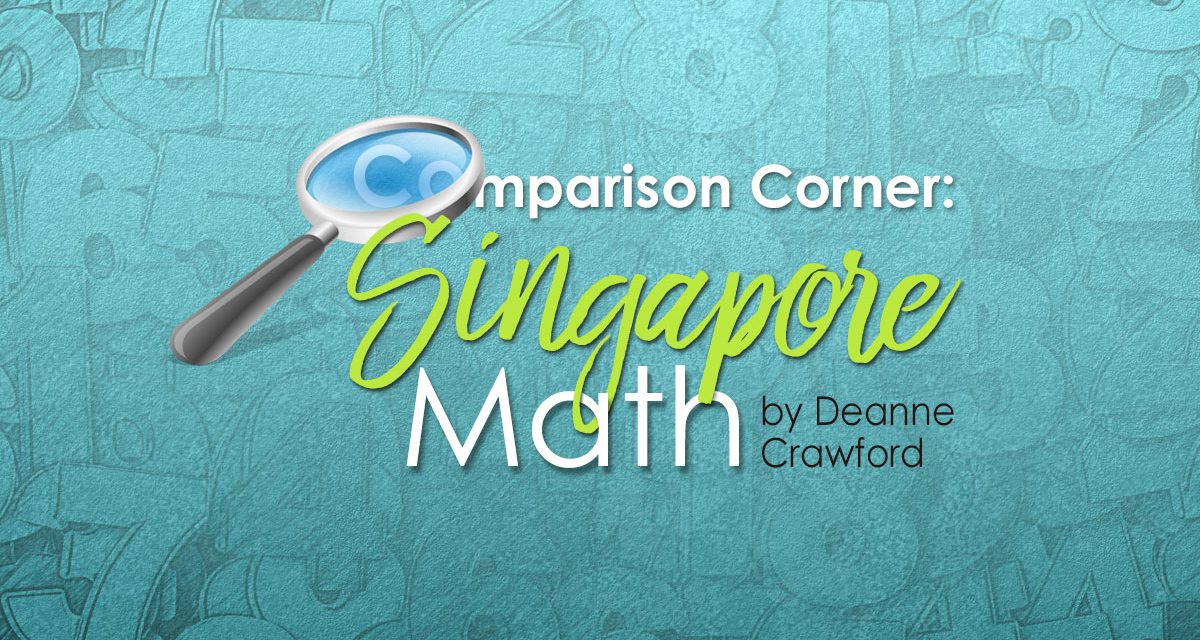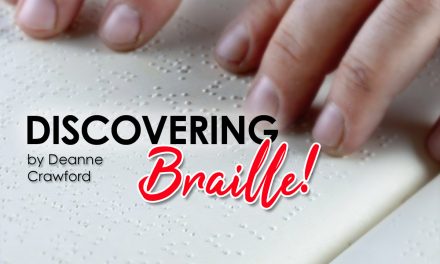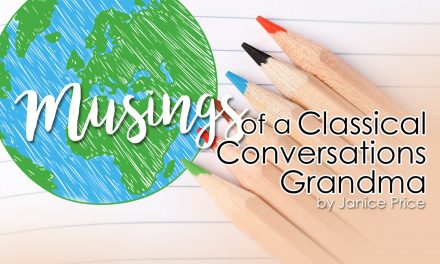Singapore Math is a program that you might learn about from friends or online blogs. As you start your research on it, you may be surprised to find out that there are multiple Singapore Math programs! Let’s take a quick look at the similarities and differences between the programs.
The first thing to realize is that Singapore Math is not one publisher or curriculum, which is why it may seem confusing. Singapore Math is a general term that refers to a type or philosophy of mathematical instruction (curriculum) developed by Singapore’s Ministry of Education in the 1980s. The goal was to provide elementary students with an effective math curriculum that focused on problem solving and the development of thinking skills, through a 3-step process known as C-P-A (Concrete, Pictorial, Abstract). In other words, the natural progression from hands-on, to pictures, to abstract thinking. As Singapore children learned through this philosophy, their international test scores in mathematic achievement outranked other countries in most grade levels. This intrigued other countries, like the United States, who worked with the publisher to bring this philosophy to their students. Now that you know a bit of the background, let’s look at the different programs.
Primary Math US (Grades 1-6) is an adaptation of the 3rd edition for use in the U.S. Although a small amount of content (division of fractions) from the 2nd edition was added back into the US edition, it is almost identical to the 3rd edition used in Singapore. The US edition adds sections for U.S. customary measurements, and uses U.S. spelling and conventions.
Primary Math S/E (Standards Edition) (Grades K-6) was adapted to meet the pre-Common Core CA math standards. An additional amount of content (probability, data analysis, negative numbers, coordinate graphing) from the 2nd edition was added back in and topics were rearranged, but it remains like the US edition. Cumulative Reviews at the end of each Unit and practice sets within each unit were also added. Textbooks in this series are in color.
Primary Math CC (Common Core) (Grades K-5) is aligned to the Common Core State Standards and is another adaptation of the 3rd edition. Only minor changes were made to the scope and sequence. Unit Reviews are no longer cumulative, and practice sections were removed, although some of the content was incorporated into the lessons.
Primary Math 2022 Edition (Grades K-5) is a completely new revision retaining all the excellent teaching methods of the earlier programs. This version incorporates both cumulative assessments and challenging problem solving, where mastery learning is emphasized. The scope and sequence are like previous editions, and topics are aligned to state and national standards.
Shaping Maths aligns to the most current syllabus from the Singapore Ministry of Education (2013). Published by Marshall Cavendish, it provides plenty of practice and uses a mastery approach to learning.
New Elementary Math (Grades 7-8) is a no-frills program based on an older Singapore Math program, and covers integrated algebra and geometry. It’s considered a sequel to the Primary Math programs.
Math in Focus (Grades K-8) is published by Houghton Mifflin Harcourt in conjunction with Marshall Cavendish (the original publisher in Singapore). Although the basic instructional sequences are similar and the content is very close to the SE, material was added to the most recent editions to bring it into alignment with CC. Math in Focus has a more American look and layout.
Wondering which program is best? Honestly, all the available Singapore philosophy math curricula provide a rigorous math education. Once you determine what program meets any standard-based needs you have, consider the teacher and student materials available from each, as well as any cosmetic differences, as you make your decision. Worth noting, the Primary Math editions are not interchangeable. In other words, you cannot use Primary Math US for one semester and the Standards for the next. It is possible, however, to switch after completing one level. For example, once your student completes Grade 1 A and B Primary Math US Edition, it is possible to switch to Grade 2 A Primary Math Standards Edition.
If you would like to dive more deeply into the differences, check out our video comparisons and curriculum comparison chart, or contact one of our curriculum consultants to help guide you into the best option for your family! ~ Deanne





